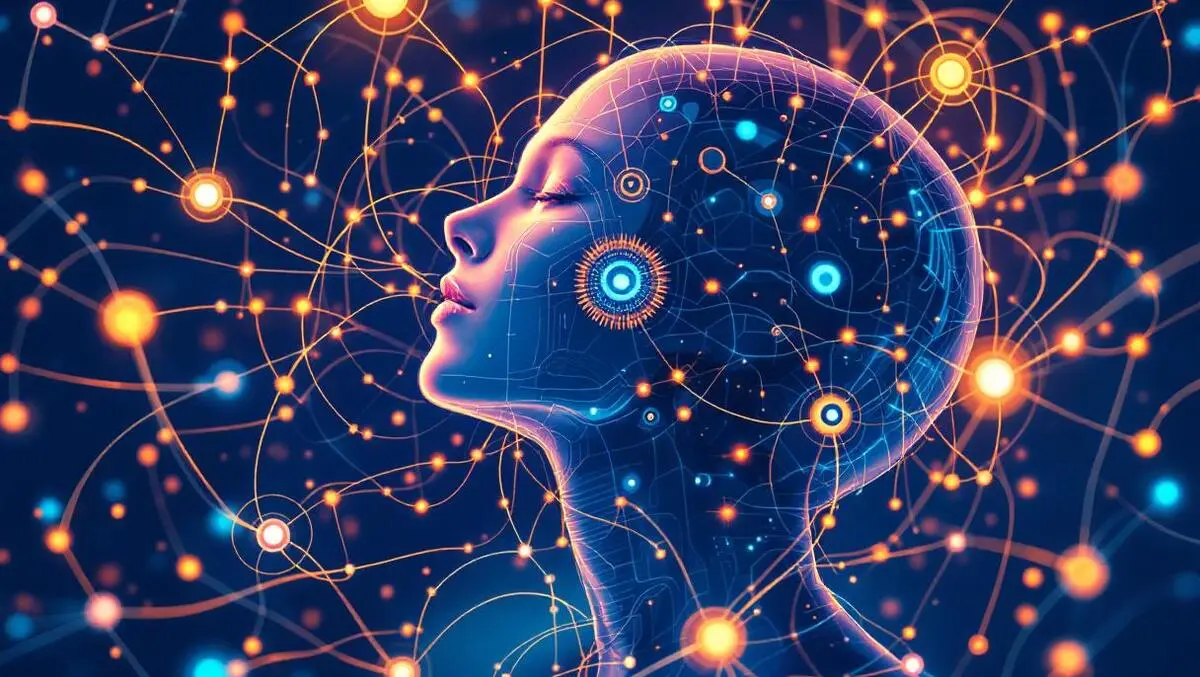
Generative AI tops digital disruption ranking, study reveals
The Digital Disruption Chair at ESSEC Business School has launched its first Digital Disruption Matrix 2025, outlining the influence of six major technologies across 11 key sectors.
Key technologies assessed
The Digital Disruption Matrix 2025 analyses generative AI, descriptive AI, quantum computing, blockchain, robotics and automation, and renewable energy and storage. These technologies have been measured for their disruption potential using a composite scoring system, drawing from the volume and trends of academic publications, patent filings, citations, and input from industry professionals.
Generative AI emerged as the most disruptive technology in the study, earning a disruption score of 89.45 out of 100. This score was nearly double that of the next most disruptive technology, descriptive AI, which scored 49.04. Renewable energy and storage followed with a score of 40.42, while quantum computing and robotics and automation achieved 32.47 and 19.63, respectively. Blockchain, although the focus of past industry speculation, received a score of 12.04, reflecting a lower real-world impact relative to expectations.
Trends and contrasts across sectors
The research indicates unprecedented growth rates for generative AI-related publications over the last five years, outpacing the increase in blockchain literature during the peak of the 2021 cryptocurrency surge.
Despite less media attention, descriptive AI—encompassing traditional machine learning, statistical analysis, and pattern recognition—remains foundational in business processes and forms the backbone of various emerging technologies.
AI's role in lowering the cost barriers to robotisation was also noted. By enabling the creation of synthetic training environments, artificial intelligence significantly reduces the operational entry costs associated with deploying robotics and automation.
Sector-specific findings include marked scepticism in the automotive sector regarding blockchain, with 22.7% of opinions recorded as negative. The luxury sector showed mixed responses to generative AI, identifying it as both highly positive and negative in its disruptive potential, but with minimal neutral perspective registered amongst professionals.
Real estate professionals exhibited notable enthusiasm toward renewable energy, leading with 91.1% positive opinions, a figure surpassing even that of the dedicated energy sector itself.
Quantum computing remains an area of uncertainty, with 30 to 43% of professionals across various industries expressing neutral sentiment—an indication of persistent questions over how and when to prepare for its eventual impact.
Constraints and opportunities
The study identified energy storage constraints as the primary bottleneck for technological innovation, supplanting Moore's Law as the central limitation in the pace of transformation. The increasing demand for energy from emerging technologies highlights the necessity for advances in energy infrastructure as a prerequisite for rolling out digital solutions at scale.
"The objective of this annual barometer is to precisely understand the impact of each technology by sector, while ensuring comparability between them and from year to year. Our matrix offers an objective reference framework to track the evolution of technological disruptions over time," states Jan Ondrus, Professor of Information Systems and Holder of the Digital Disruption Chair at ESSEC.
Singapore's ongoing Smart Nation initiative, which involves significant investment from both the public and private sectors, provides a backdrop to the study. The Matrix is intended to guide policymakers and business leaders towards infrastructure priorities, taking into account both the promise and the challenges that come with rapid digital transformation.
Analysis beyond the hype
"A paradox revealed by our study is that despite the spectacular breakthrough of generative AI, it has not yet reached the impact of renewable technologies, and both remain far from the implementation levels of traditional AI. The analysis of volumes, trends, and impacts allows us to put into perspective the media excitement around certain technologies," emphasizes Jan Ondrus.
The Digital Disruption Matrix not only ranks these technologies for disruption potential but also dissects sector-specific attitudes and adoption patterns. The analysis draws on over 300 global publications, scientific articles, patents, and the perspectives of 1,000 professionals worldwide, as well as insights gathered from 20 hours of interviews with 15 sector experts.
"By combining the analysis of extensive scientific data, rarely studied together, with the perspectives of professionals in the field, we offer an objective mapping of technological transformations. Our ambition is to step back from trends and depolarize the debate around current tendencies by proposing a long-term reading grid centered on an essential question: what value and what real impact for each sector? This first edition lays the foundation for a tool that will be enriched annually, allowing us to track the evolution of disruptions across the economy," explains Jérémy Beaufils, Executive Director of the Digital Disruption Chair at ESSEC.
The Digital Disruption Matrix will serve as an annual benchmark for observing the evolution of technology's impact on different sectors, with an emphasis on data-backed, comparative analysis year on year.


